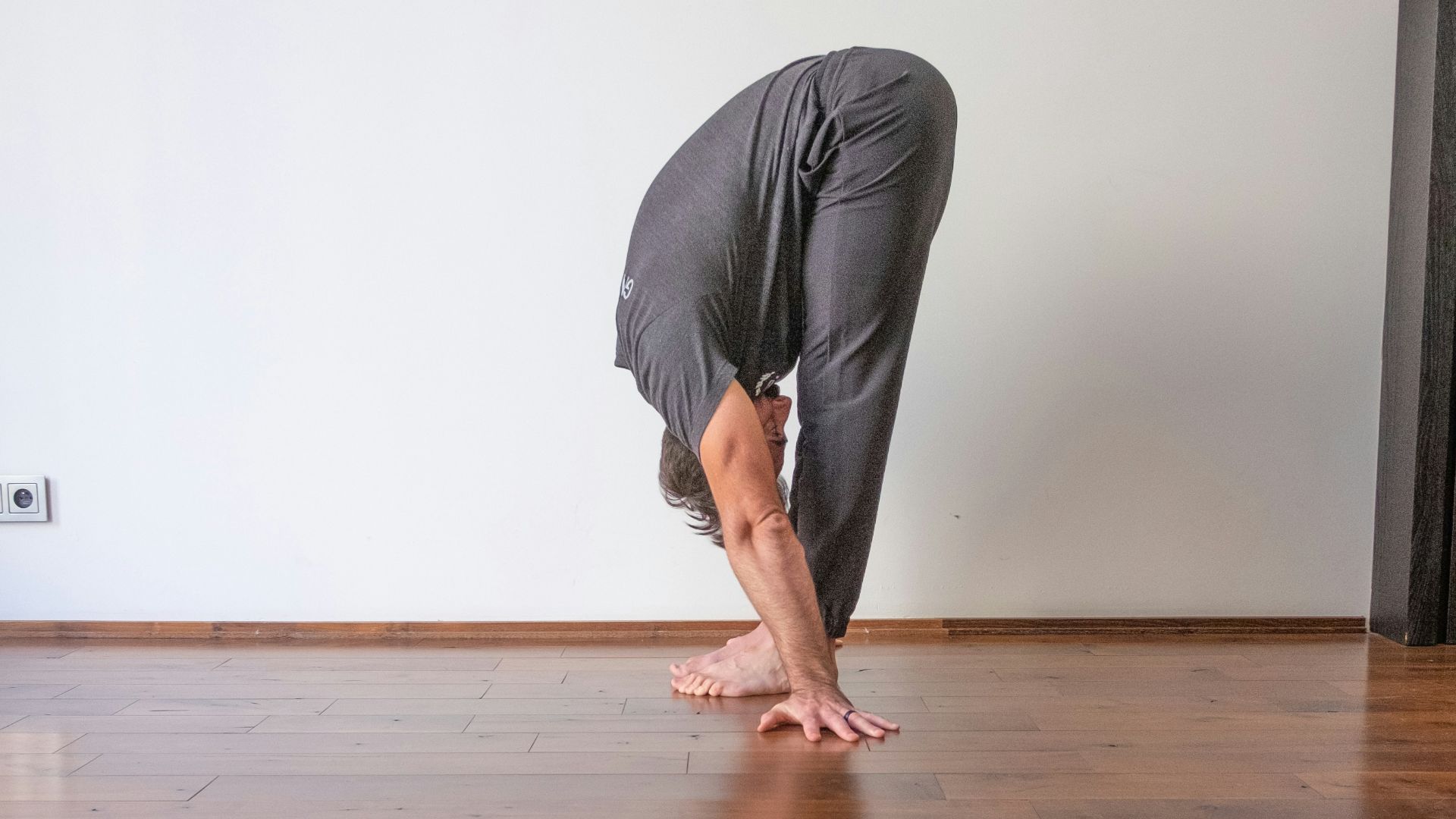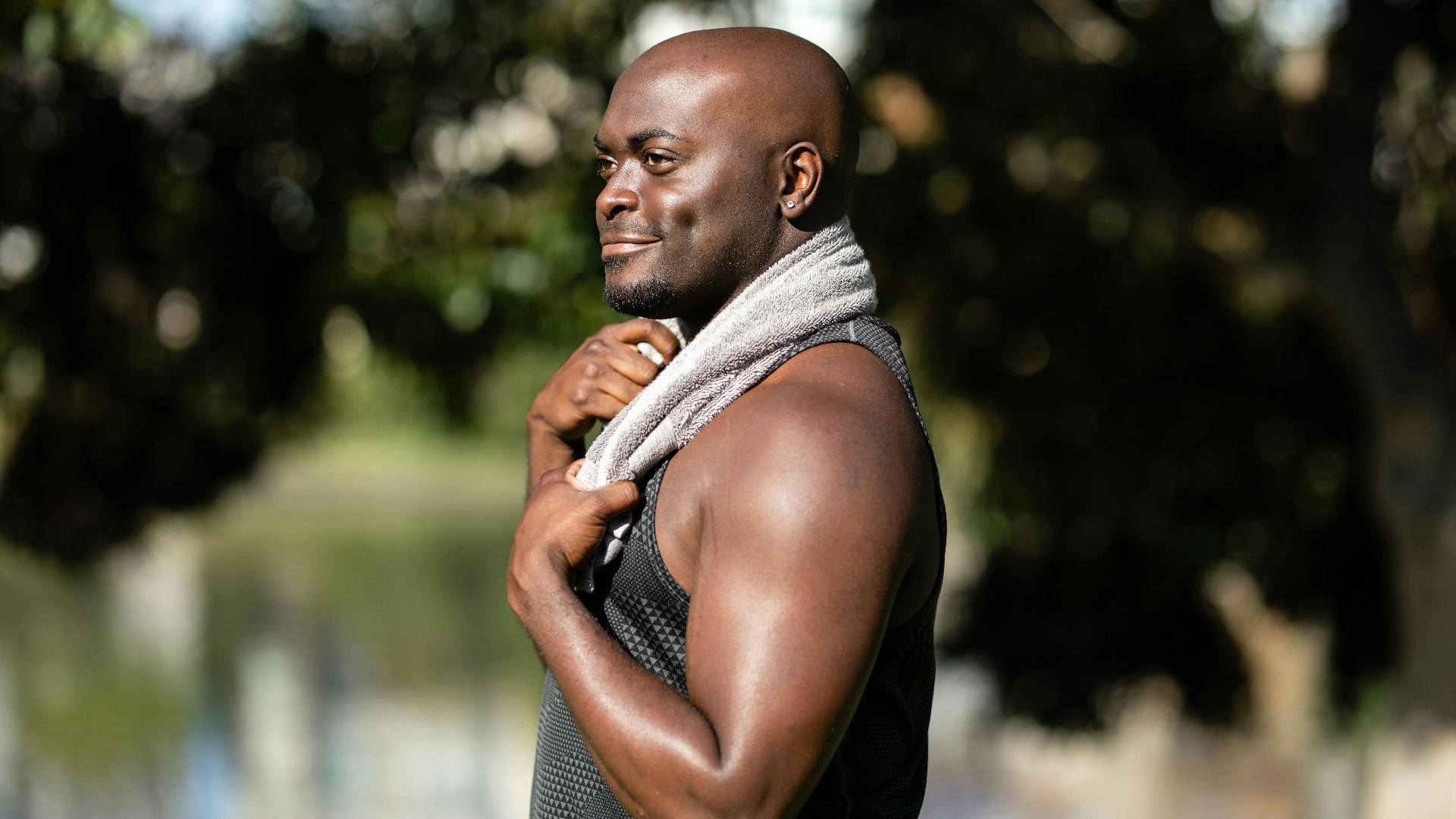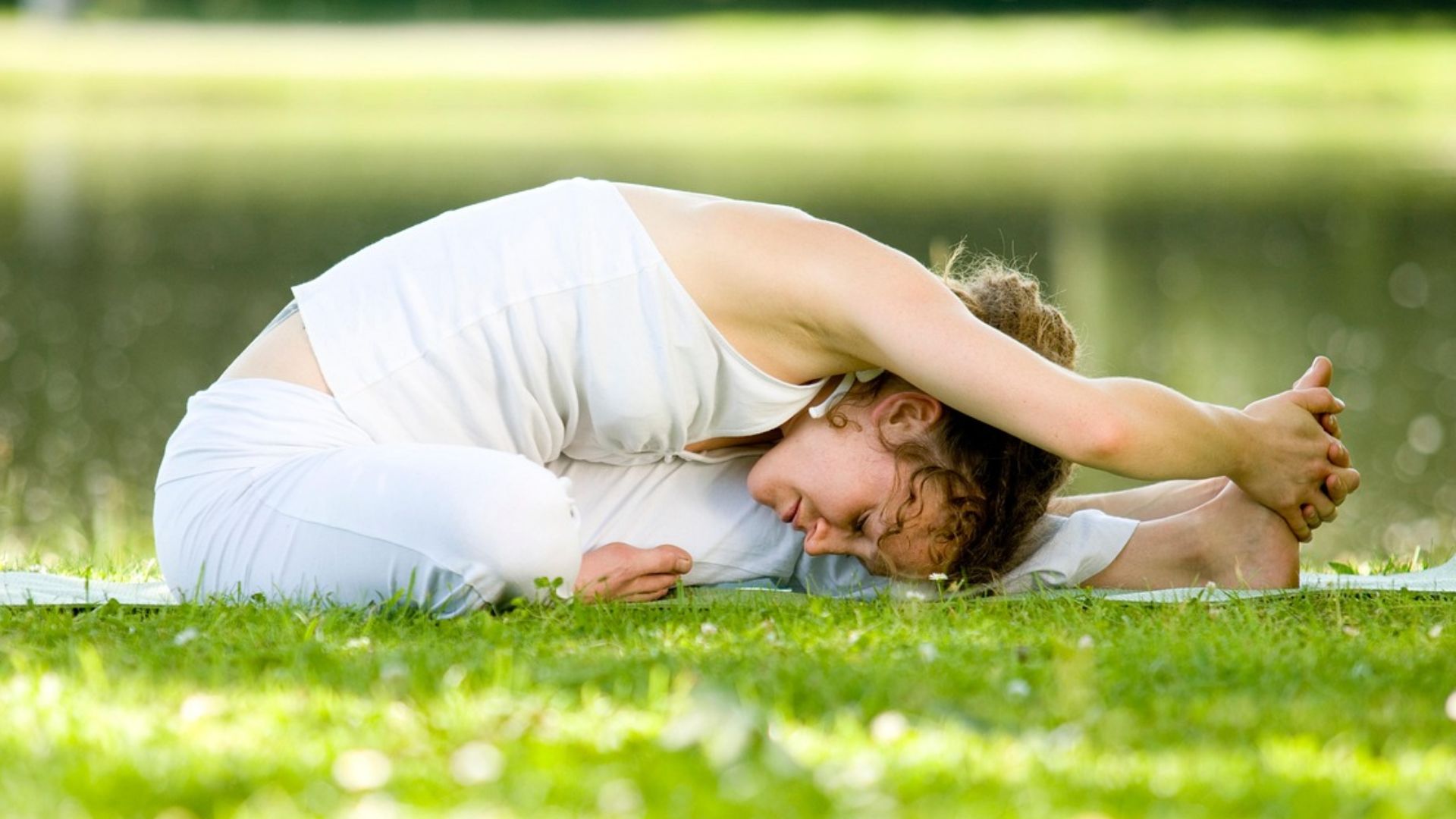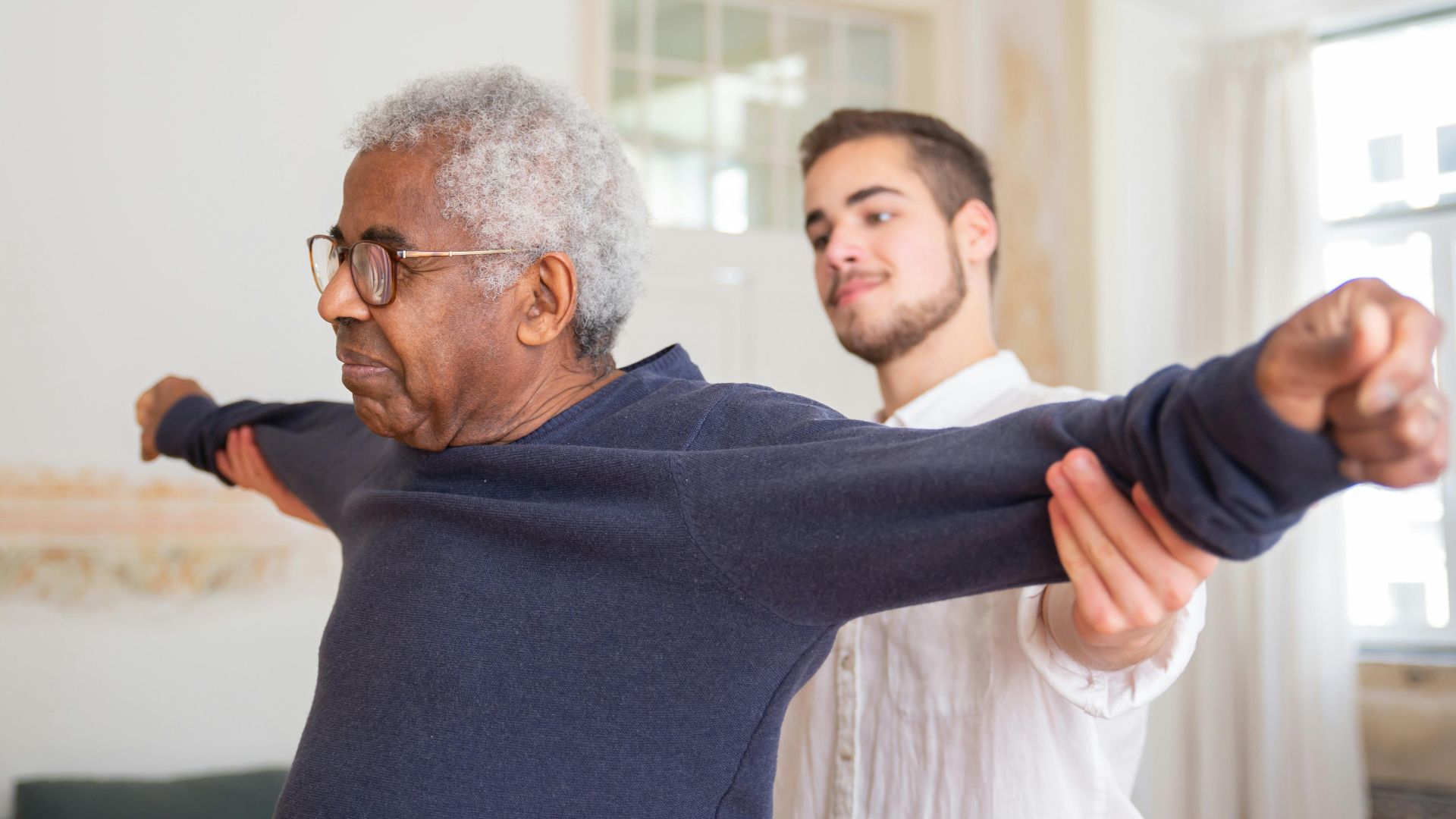Stretching Beyond The Basics
A few minutes of stretching can transform how your body feels throughout the day. Still, most of us either skip it or unknowingly do it in ways that cancel out the benefits. Learning proper technique can make workouts more effective and recovery easier. Ready to give your body what it’s been missing? Let’s begin with why stretching is worth every second before fixing the habits that don’t help.
1. Enhances Flexibility
You should think of stretching as a gift to your future self. Every time you lengthen a muscle, you help keep it strong and healthy, which supports flexibility as years pass. Even brief stretches, as little as a minute per muscle group, offer meaningful results and slow natural mobility decline.
2. Increases Range Of Motion
A good stretch routine opens up your joints and muscles so that daily movements feel smoother. Over time, this practice expands motion by small but significant degrees each week. That means easier mornings, with simpler chores and an overall sense of freedom in how your body moves.
3. Boosts Athletic Performance
Sports preparation always begins with movement, and stretching plays an important role in that warm-up rhythm. Dynamic moves like high knees or leg swings help the body fire up and react faster. Across sports worldwide, athletes use stretching routines to feel stronger and more responsive.
4. Improves Blood Circulation
With every gentle movement, stretching encourages blood to travel more freely through muscles and cartilage. This fresh flow carries nutrients and supports faster recovery after activity. It also helps keep arteries springy and strong, which plays a helpful part in overall heart wellness as years go by.
5. Relieves Back Pain
Desk time and long drives create stiffness through the spine and hips. Stretching acts like a gentle reset by loosening those tense muscles and easing discomfort. Physical therapists often rely on simple lengthening routines to support pain relief and restore comfortable, fluid movement.
6. Corrects Posture
Long workdays often tighten shoulders and neck muscles, which leads to slouching. These tight spots release with regular stretching, helping restore balance to your body's alignment. As posture improves, everyday standing and sitting feel smoother, and you appear taller with more natural confidence.
7. Promotes Mental Calmness
Slow, intentional stretching brings your focus inward. Each breath helps quiet racing thoughts and encourages a grounded feeling. This gentle ritual often appears in meditation and yoga because it creates space for awareness and leaves you centered and more emotionally settled.
8. Alleviates Tension Headaches
A tight neck can send pressure creeping toward your temples. Regular movement helps release that tension and provides real relief, particularly when you're stuck at your desk. Office workers often find that brief stretch breaks keep them comfortable and prevent the nagging headache that develops after hours in front of a screen.
9. Reduces Stress
Picture that moment when you lift your arms overhead and breathe deeply — everything softens. Stretching releases tension stored in muscles, signaling calm to the nervous system. With regular sessions, serotonin levels rise, lifting mood and providing a peaceful pause during busy days.
10. Supports Cardiovascular Health
Stretching encourages healthy blood flow and artery elasticity. Over time, that improved vascular flexibility helps maintain comfortable blood pressure and heart rate. This habit offers a gentle, meaningful addition to wellness routines for those seeking strong cardiovascular function as they age.
 Marcus Aurelius on PexelsFeeling motivated to stretch? Perfect. Just make sure you’re not making these classic mistakes while you’re at it.
Marcus Aurelius on PexelsFeeling motivated to stretch? Perfect. Just make sure you’re not making these classic mistakes while you’re at it.
1. Stretching Cold Muscles
It might feel efficient to jump straight into stretching, though cold muscles react stiffly and strain easily. Begin with gentle movement first, such as a few minutes of light jogging or cycling. Once warmth spreads through your muscles, stretching becomes safer and noticeably smoother.
2. Forgetting To Breathe
Oddly enough, people often hold their breath while stretching. That habit creates tension where you want relaxation. Exhale as you settle into a position. Then keep breathing to deliver oxygen to your muscles and help your body release into the movement.
3. Bouncing Through Stretches
Many people think bouncing helps them “push deeper,” yet that quick jolting motion actually causes protective tightening in the muscle. Ease slowly into positions instead. Holding still lets the tissue lengthen comfortably and keeps you out of the injury zone.
4. Chasing Too Much Range
Trying to “force flexibility” leads to problems. Stretching past your natural limits causes microtears and leaves you sore. Progress feels smoother when you listen to your body instead of testing extreme moves like sudden split attempts.
5. Powering Through Pain
Pain is your body's way of saying, “Ease up.” A stretch should feel like gentle tension, never a sharp pull or burning sensation. When discomfort appears, shift or stop. Respecting that signal protects your muscles and keeps the flexibility exercises enjoyable.
6. Repeating The Same Moves
A familiar routine feels comforting, although the body needs variety to stay balanced. When only a few muscles get all the attention, weaker areas tighten and compensate. To fix this, rotate stretches for hips, calves, or hamstrings to keep mobility well-rounded.
7. Stretching Injured Spots
If you already feel sore or hurt, pulling at that area can worsen inflammation. So, give the injured tissue some time to recover and lean on helpful tools such as foam rolling or Epsom soaks. Proper rest supports faster healing and prevents long-term setbacks.
8. Sloppy Technique
Stretching looks simple from the outside, yet alignment matters. Twisting awkwardly or copying old school moves like the hurdler pose without proper form puts strain on joints. Slow down, set your posture, and the stretch will land exactly where it should.
9. Rushing Through
Fast, half-hearted stretching feels productive but does very little. Time is a key ingredient. Sink into positions and hold them with patience. Slow stretching helps your nervous system relax, making each session more beneficial and calming.
10. Stretching Rarely
Treating stretching as a once-in-a-while activity keeps muscles short and stiff. Consistency builds results, and even short, daily sessions loosen your body and support fluid movement in workouts and daily life. So, do five minutes of stretching daily instead of one long session occasionally.
KEEP ON READING

20 Natural Ways You Can Boost Your Immune System

20 Ways To De-stress & Relax After Work

The 10 Most Common Diseases & The 10 Most Rare
























